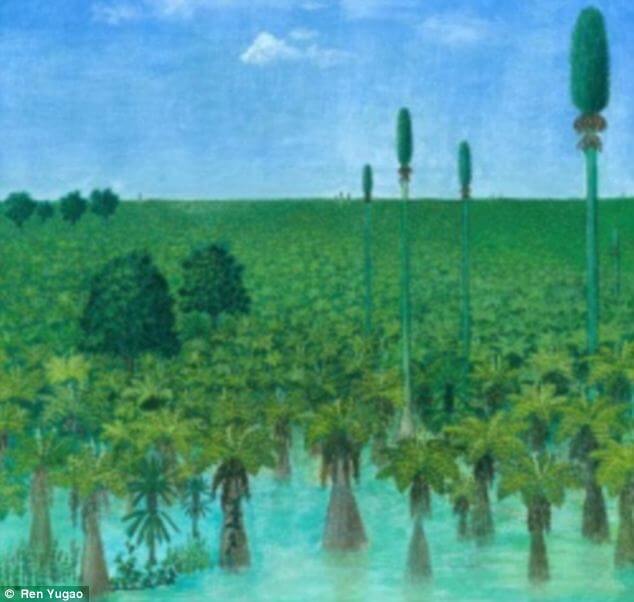
Researchers made an amazing discovery recently: a forest preserved under a layer of ash in China that dates back to almost 300 million years.
The discovery was reportedly made near a coal mine near the city of Wuda, China by Chinese researchers and a University of Pennsylvania scientist.
The team sampled three sites across a large site that was covered by ash, that the team estimates fell over the course of a few days and damaged trees and plants under its ash but kept preserved them.
The ash dates back to 298 million years ago, falling at the beginning of a geologic period called the Permian, during which Earth’s continental plates were moving toward each other to form the supercontinent Pangea, reported Daily Mail.
Through the excavations, the team identified six groups of trees, ranging from ferns to extinct trees like Cordaites, reported BBC.
“Tree ferns formed a lower canopy and either Cordaites, a coniferophyte, or Sigillaria, a lycopsid, were present as taller trees. Noeggerathiales, an enigmatic and extinct spore-bearing plant group of small trees, is represented by three species that have been found as nearly complete specimens and are presented in reconstructions in their plant community,” reads PNAS.org. “Landscape heterogenity is apparent, including one site where Noeggerathiales are dominant.”
It can be found in greater detail within the Proceedings of the National Academy of Sciences along with an illustration of how the forest actually looked 300 million years ago, reported Christian Post.
The forest’s perfect preservation is similar to the Italian city of Pompeii.
The city of Pompeei is a partially buried Roman city near Naples. It was destroyed and buried under upwards of 20 feet of ash when Mount Vesuvius erupted in AD 79. and was lost for almost 2000 years before being rediscovered in 1749.
It was excavated and today is an UNESCO World Heritage Site, and one of the most popular destinations for tourists in Europe.


































